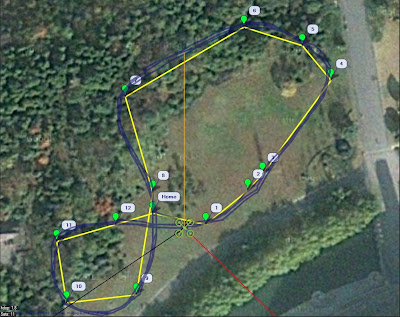I have been searching high and low for a good affordable large hexa system, with the main objective to lift 500gr (camera, FPV transmitter, etc) for as long as possible, and have the video stabilized.
The S800 looked ok, but due to some issues around the boom flexibility and cost, I ditched that idea. The Carbon Core, Steadidrone H6X also looked very nice, but once again cost played a big role.
So, I stumbled across the Tarot T810, for $330 I got the frame. I needed to add some extras for folding landing gear (not retract) and the camera rail mount which was not included.
I'm doing a build log to not only "hopefully" help someone out there, but also have a place to get some input from the community in getting the max flight time. The Hexa will be used for local security missions and possibly also help in the Rhino Poaching crises we're facing in South Africa.
My system:
- Tarot T810 Frame
- Sunnysky 4112S 400kv
- 40 Turnigy Plush
- 15X4.7" props
- APM (of course!) - Looking forward to a maiden flight on AC3rc6
- Martinez gimbal controller
- Brushless Gimbal
- Gens Ace 6S 5500Mah X 2
- Estimated AUW including gimbal and camera - 5.3kg
The frame went together nicely, only issue I had was the hole in one of the landing gear braces was skew, I just drilled it straight with a bigger drill bit.
Here is a view of the frame in it's folded position. It folds nice and small - about 900mm in length
Here are the motors I'm planning to use, hopefully I get my flight time. Powerrrr! Notice the ESC mounting plates under the motor mount.
I like the prop attachment.
I also like the way the booms lock in place with a dovetail clamp, very secure.
Here is a shot of the little power distribution "lugs" - I just soldered all the power wires in place with huge amounts of solder.
I'm planning to install the ESC's under the motors, I have read about some scare stories on RCGroups about this idea, but I have never personally had problems with this.
I am however a little concerned about the wire gauge for power - using 16AWG to the motors and 12AWG to the battery. I'll do a full power test to see if they heat up, and by how much.
I'm wating for my ESC's to arrive, and will continue the log once they're here!




